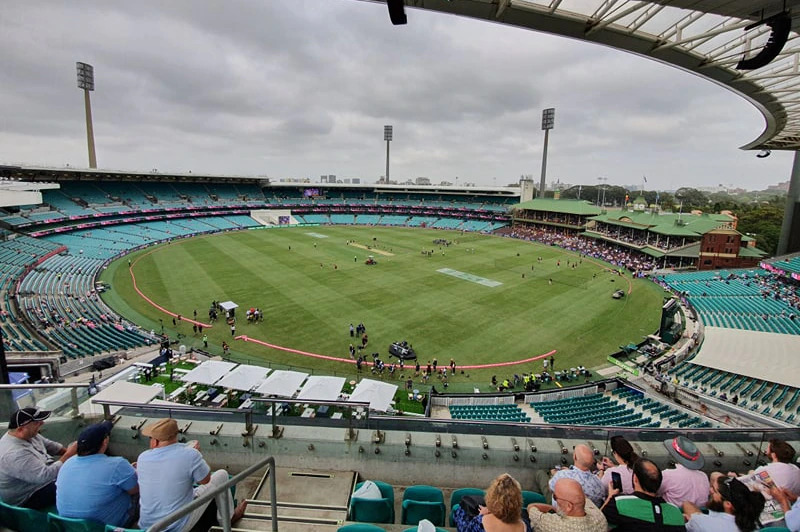Heading to the AFL at the Sydney Cricket Ground next week? Maybe you’re eagerly awaiting the FIFA Women’s World Cup at Allianz Stadium later this month? Well, brace yourself, because facial recognition technology awaits you at these venues.
Recent criticism from consumer advocacy organization CHOICE has shed light on the use of biometric surveillance in several Australian stadiums. According to CHOICE’s investigation, facial recognition technology is being employed at the Sydney Cricket Ground (SCG), Qudos Bank Arena, Sydney’s Allianz Stadium, and the Melbourne Cricket Ground (MCG).
The report has reignited calls for stricter regulation of facial recognition technology in Australia, with privacy experts condemning businesses for their lack of transparency with customers. This technology operates by capturing a person’s face as a still photo or video frame and matching it with a face in a database, thereby identifying individuals through their unique “faceprint.”
ASM, the organization responsible for managing Qudos Bank Arena, informed CHOICE that facial recognition is used to match attendees with images of individuals who have been evicted or issued a ban notice. However, former Human Rights Commissioner Edward Santow argues that the technology’s accuracy is insufficient to prevent false positives.
Santow voiced concerns over potential consequences, stating, “The possible consequence is you’re denied entry to the stadium for a soccer match that you’ve paid for and you’re treated as a criminal suspect. This shouldn’t be used in sports stadiums unless there’s stronger legal guardrails.”
CHOICE’s investigation into stadium surveillance comes a year after reporting on the use of facial recognition technology in major retail chains such as Kmart, The Good Guys, and Bunnings. The Office of the Australian Information Commissioner is expected to release its findings regarding these retailers soon.
Although cameras equipped with facial recognition technology were installed at the SCG in 2018 as part of anti-terrorism measures, privacy concerns persist. While some, like Sydney FC chief executive Danny Townsend, support the technology’s potential to enhance safety, others, including former FBI agent Dennis Desmond, emphasize the importance of upfront communication from stadium operators.
Desmond argues, “There’s this fine balance between protecting the public and violating someone’s privacy. Assuming they’re being informed surveillance is being conducted, the ability of an automated system to identify and detect wrongdoers is much more efficient than, say, law enforcement walking around with a stack of photos.”
CHOICE discovered that the SCG, Allianz Stadium, and Qudos Bank Arena mention facial recognition in their conditions of entry. However, the organization noted that information regarding data storage, retention periods, and usage purposes was not provided by any of the stadiums.
Professor Santow emphasizes that individuals must provide free and informed consent for their data to be captured, and simply posting signs that are difficult to locate and engage with fails to meet this requirement. Furthermore, concerns have arisen regarding the accuracy of facial recognition technology, as studies have shown a higher rate of errors when screening individuals with darker skin or disabilities.
The storage and protection of this highly sensitive biometric data by companies is of utmost importance. Recent cyberattacks on Optus and Latitude caused significant distress to customers, but the potential consequences of misusing biometric data are far more severe, warns Professor Santow. As Australia’s privacy regime undergoes review by Attorney-General Mark Dreyfus, civil society groups are urging the government to adopt a model law that would govern the use of facial recognition. The proposed law, drafted by the Human Technology Institute, outlines obligations for companies developing or distributing facial recognition systems, as well as entities deploying them, including police and employers.
Dr. Desmond urges the government to promptly catch up with this technology, emphasizing the need for the state to provide explanations on how these technologies are being used.
Read the full article here.
Photo Courtesy ABC News
Courtesy ABC News
